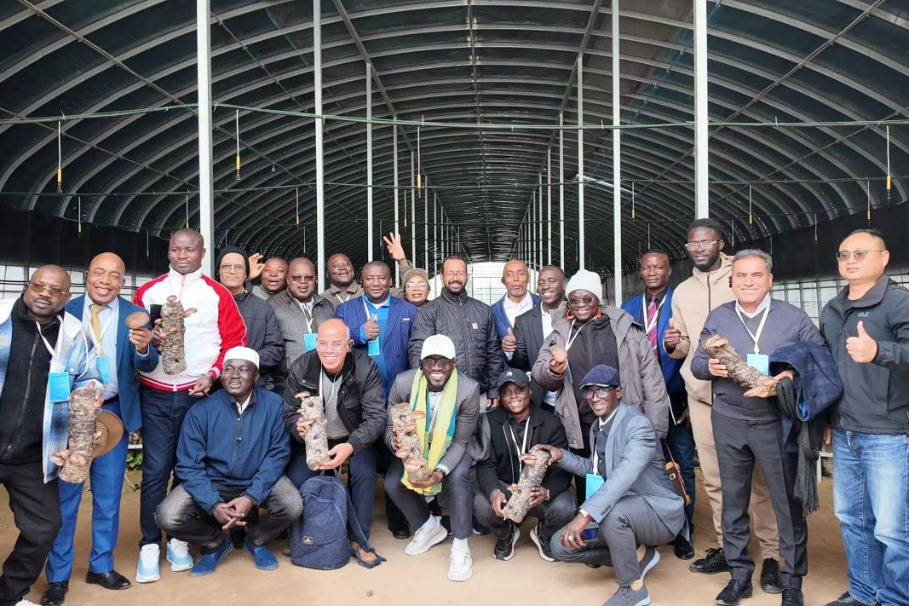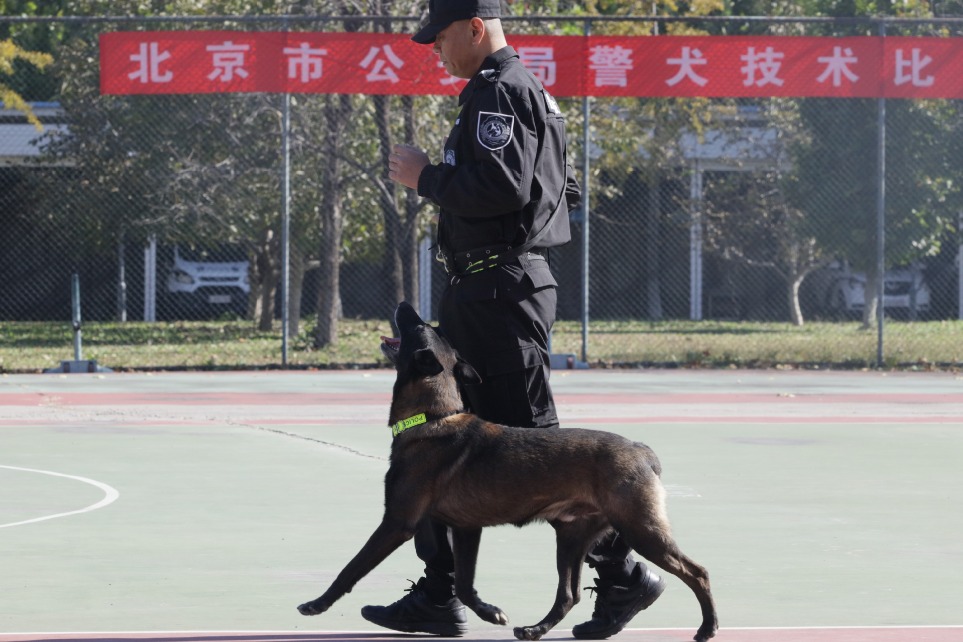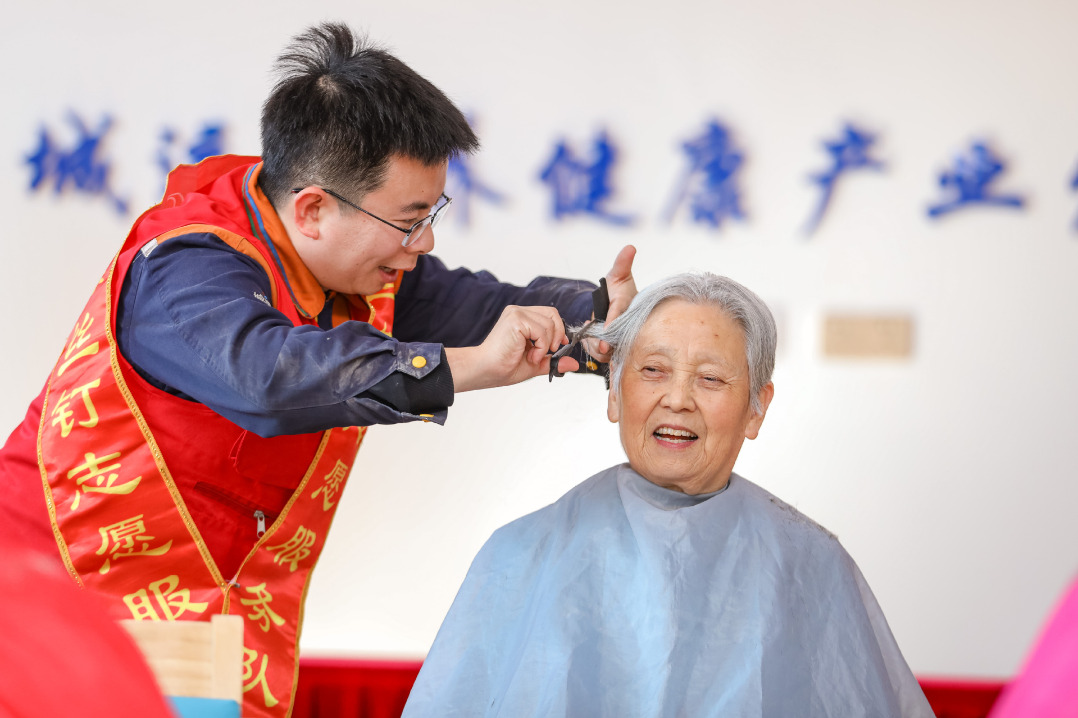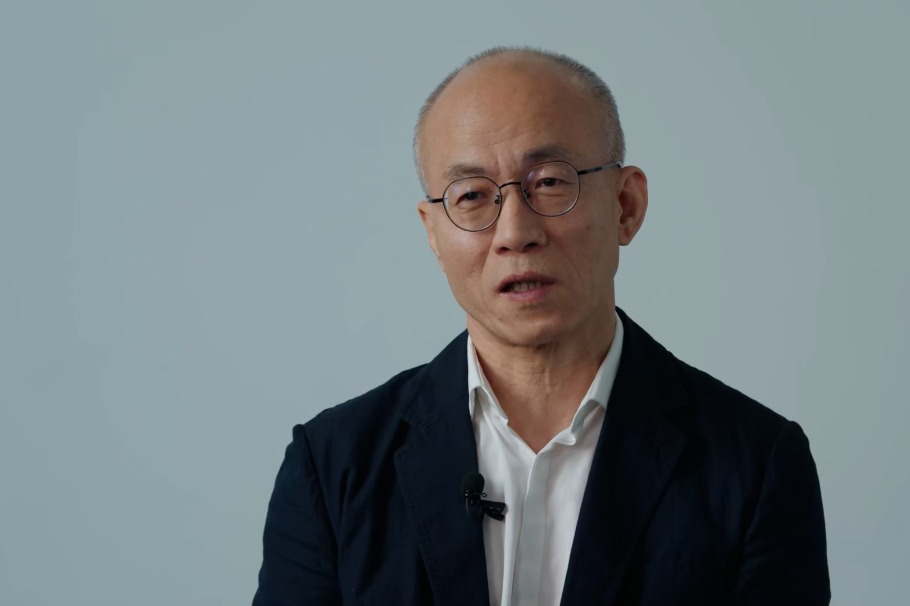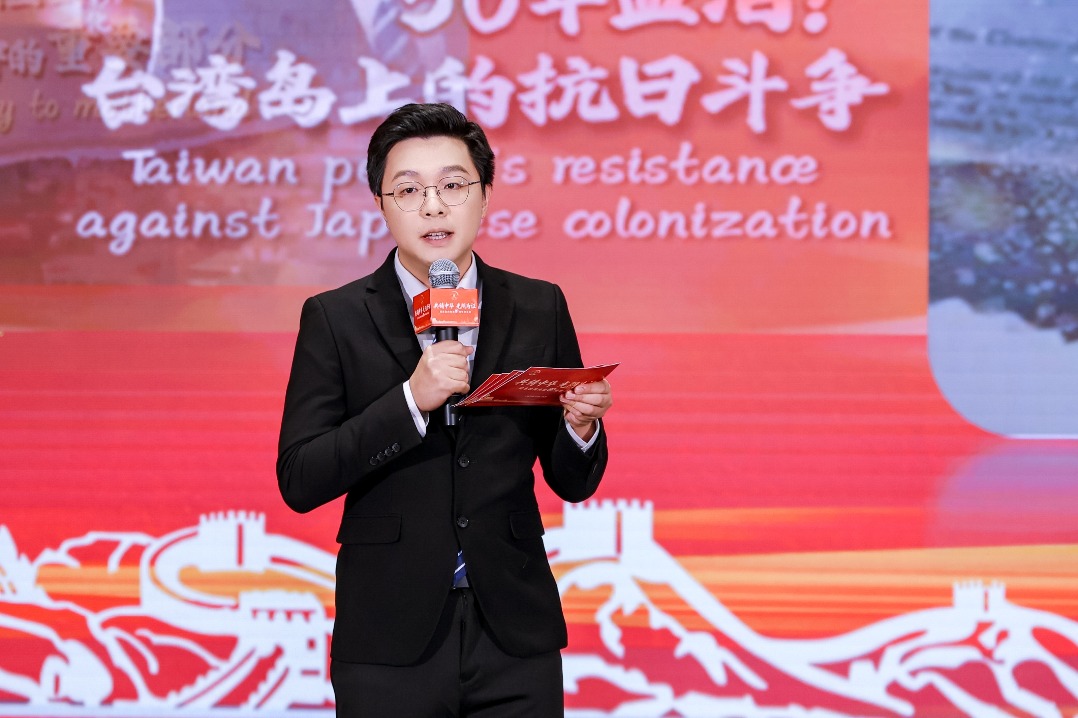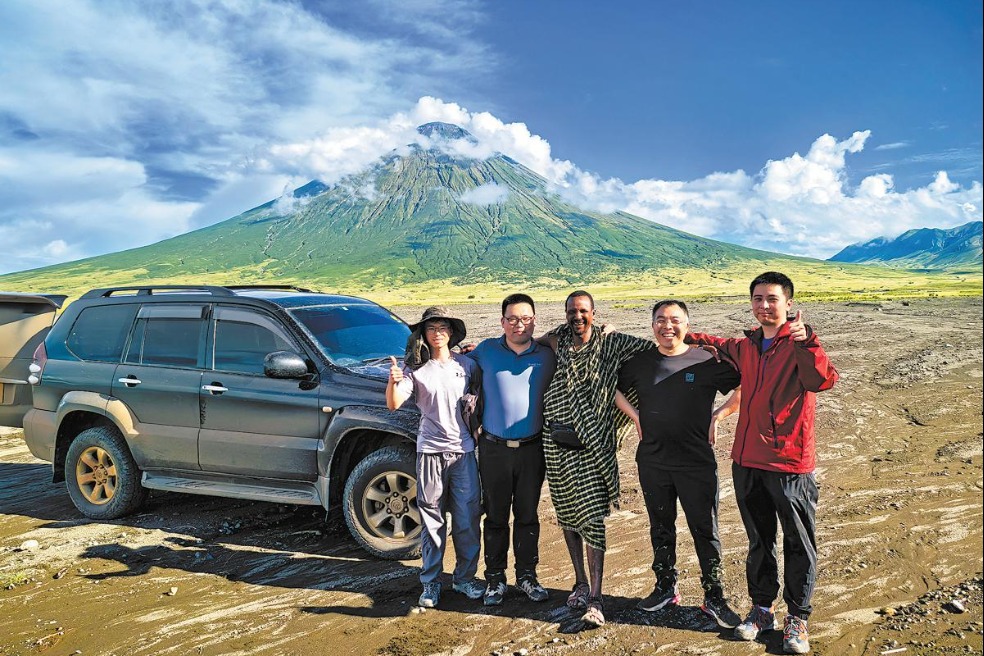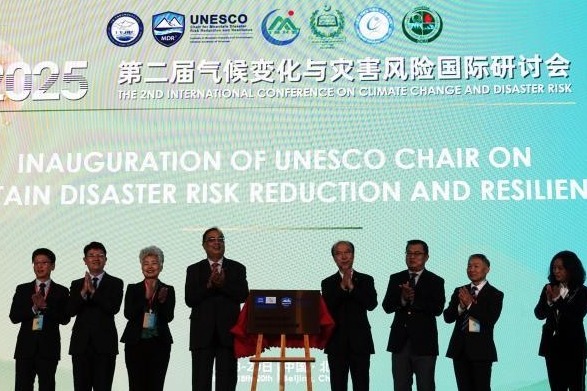Xizang's green success exemplifies sustainable development

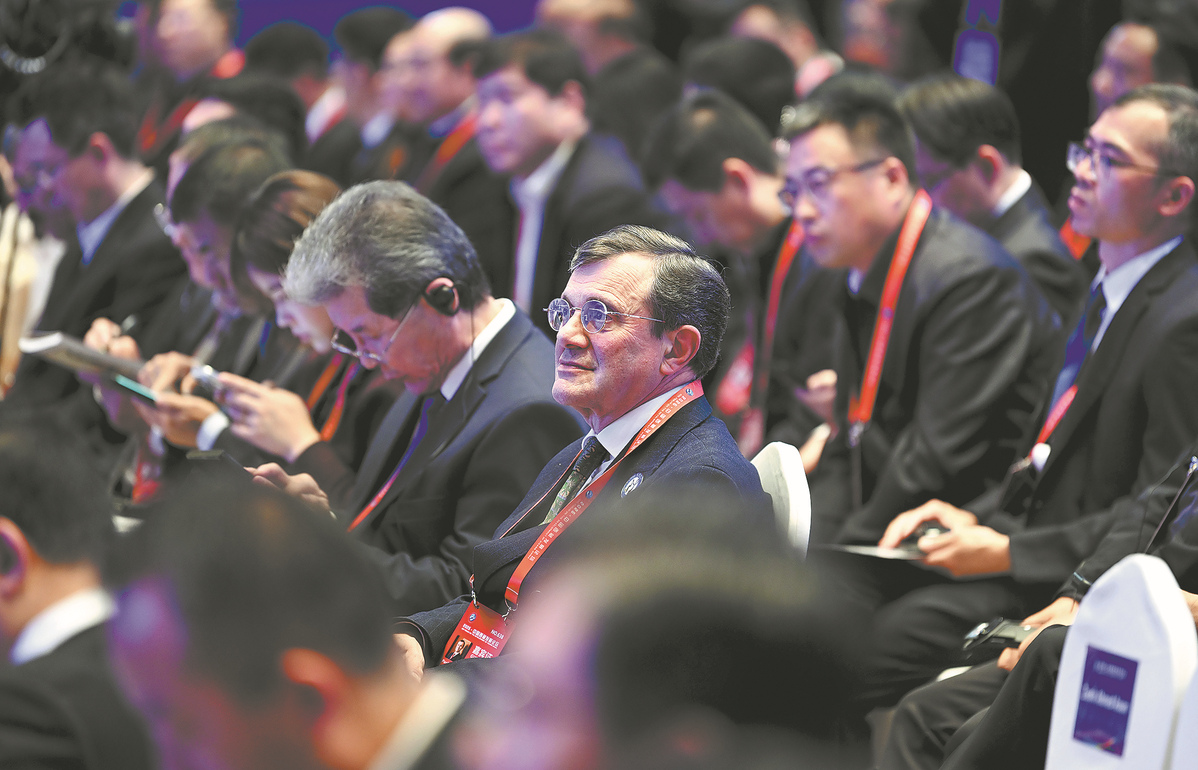
The Xizang autonomous region is a vivid example of Chinese modernization and a new model for global green cooperation on sustainable development, global officials and experts said on Wednesday.
The remarks were made at the 2025 Forum on the Development of Xizang, which brought together more than 400 participants from 44 countries and regions.
As China formulates the 15th Five-Year Plan (2026-30) for national socioeconomic development, the modernization of Xizang now stands at a new historical starting point, said Mo Gaoyi, deputy director of the Publicity Department of the Communist Party of China Central Committee and minister of the State Council Information Office, at the opening ceremony.
Mo also highlighted the exchange of governance experiences, improving the well-being of people and telling the story of human rights in Xizang, as well as enhancing exchange and mutual learning among civilizations.
"Xizang's story is one of transformation," said Shahbaz Khan, UNESCO representative to China and director of the UNESCO Regional Office for East Asia. "We're witnessing a once remote region now connected through modern infrastructure linking its highest valleys and most distant communities. These investments have expanded opportunities while enabling better access to services, education and markets."
Khalil Hashmi, Pakistan's ambassador to China, said Xizang's development "offers a replicable model for other plateau regions", showing how green growth and cultural preservation can advance together.
"By (the end of) 2025, the integrated output value of the highland barley industrial chain in Xizang will exceed 5 billion yuan ($704 million). This full-chain technological empowerment has enabled highland barley products to successfully enter the EU and Southeast Asian markets," he said.
Looking ahead, Hashmi proposed building "a cross-regional industrial value chain of technology sharing, capacity cooperation and market interconnection" and called for "turning the Himalayas from a geographical dividing line into a bridge of cooperation".
Maubere Lorosae da Silva Horta, Timor-Leste's ambassador to China, said the challenges faced by Xizang's glaciers mirror those confronting his country's coral reefs — "different in geography, but united by the same test of climate change".
He noted that more than half of Xizang's land is under ecological red-line protection and that compensation funds have risen from 3.7 billion yuan to 16.1 billion yuan over the past decade, helping over 2 million herders find "ecological jobs".
"Ecological protection knows no national boundaries," Horta said, calling for closer South-South cooperation through a joint Plateau-Island Ecological Monitoring Mechanism.
Meanwhile, Zhao Peng, vice-chairman of the regional government, emphasized the role of young people in promoting Xizang's sustainable development.
"Young people in Xizang are writing the four great chapters — stability, development, ecology and strong borders — on every inch of the plateau," he said.
Zhao added that Xizang's 1.7 million population of young people and more than 14,900 volunteers are helping drive frontier modernization. He urged them to lead by example in building an eco-civilization — adopting green, low-carbon lifestyles and joining environmental protection and community conservation efforts "to contribute to a more beautiful and sustainable Xizang".
Contact the writers at zhaoruinan@chinadaily.com.cn
- Xizang's green success exemplifies sustainable development
- Cross-Strait cooperation highlighted
- China to launch Shenzhou XXI mission for crew shift at 11:44 pm Friday
- Taiwan businesspeople urge greater partnership at trade fair in Tianjin
- Nation improves standards amid job stability
- Court urges strong support for elderly
















